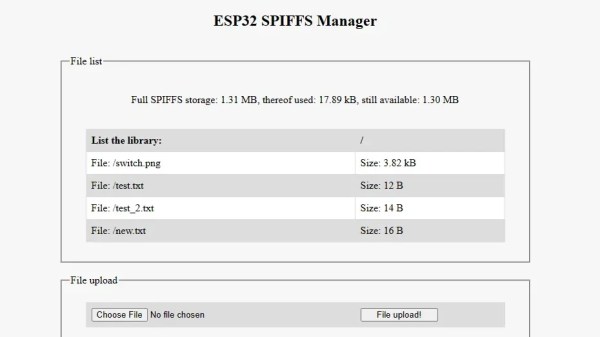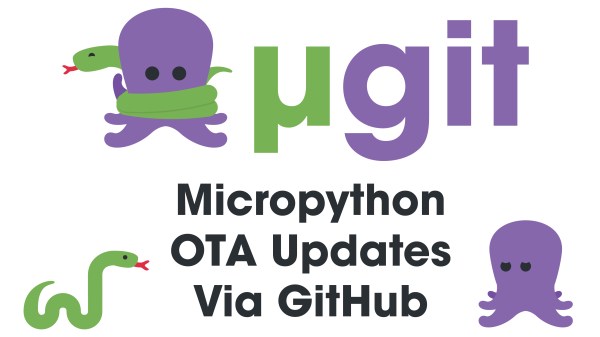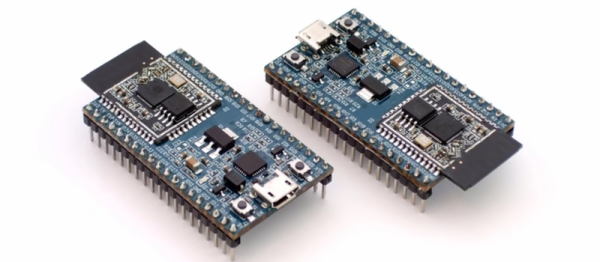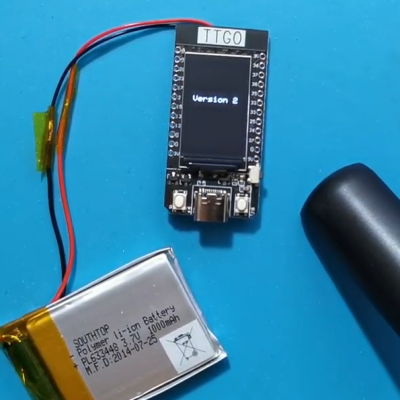Today from the team at Cesanta Software — the people who gave us the open-source Mongoose Web Server Library and Mongoose OS — we have an article covering how to build an STM32 web dashboard.
The article runs through setting up a development environment; creating the dashboard layout; implementing the dashboard, devices settings, and firmware update pages; building and testing the firmware; attaching UI controls to the hardware; and conclusion.
The web dashboard is all well and good, but in our opinion the killer feature remains the Over-The-Air (OTA) update facility which allows for authenticated wireless firmware updates via the web dashboard. The rest is just gravy. In the video you get to see how to use your development tools to create a firmware file suitable for OTA update.
Continue reading “How To Build An STM32 Web Dashboard Using The Mongoose Wizard”


















